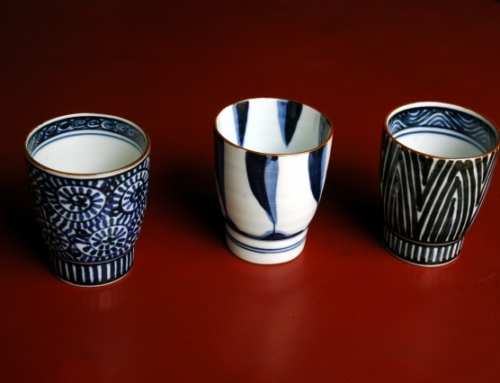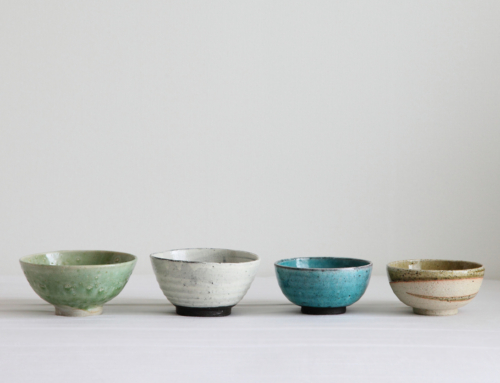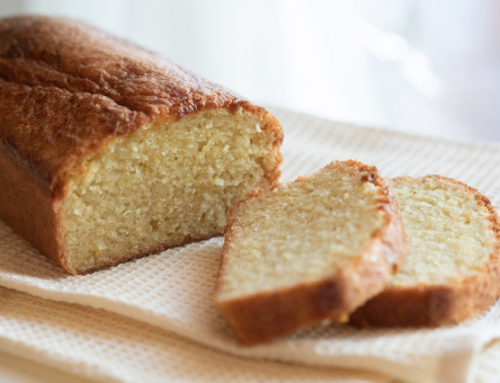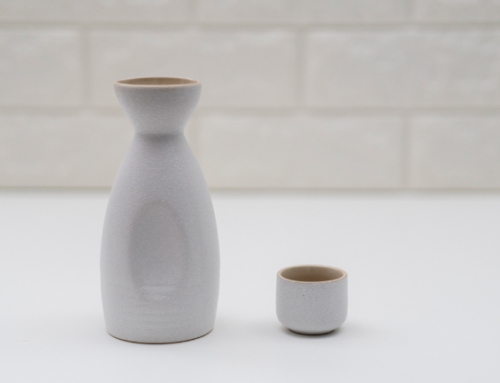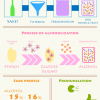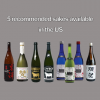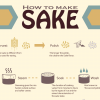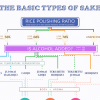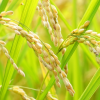4 basic words
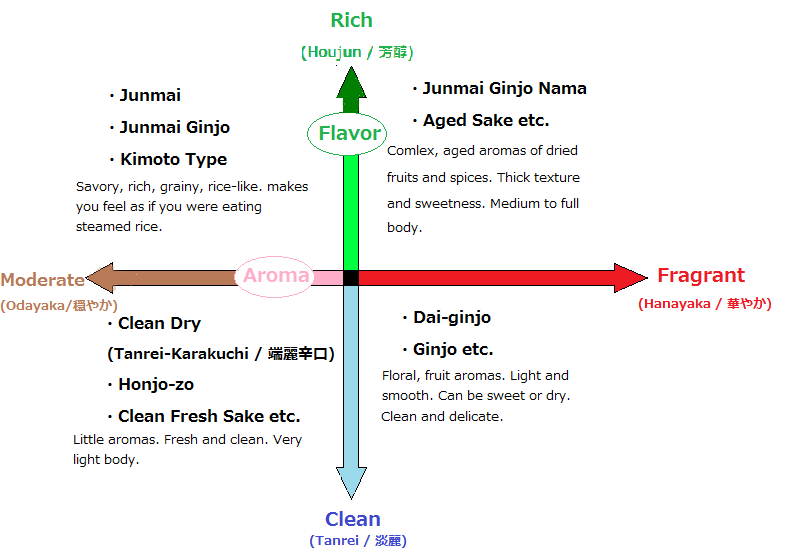
The types of sake on the chart are just an example. Flavors and aromas really depends on the breweries, brands, where it’s made, etc. Thus, Junmai, for example, could be relatively clean or fragrant, though the typical Junmai is rich and has moderate aromas.
There are 4 basic words to describe the taste of sake; rich (Hojun / 芳醇)and clean (Tanrei / 淡麗) for flavor, and fragrant (Hanayaka / 華やか)and moderate (Odayaka / 穏やか) for aroma. ‘Rich’ is used for heaviness, thick texture, savoriness, full-body, high acidity and sweetness, whereas ‘Clean’ is used for smooth texture and light body. As for aroma, ‘Fragrant’ is for fruity, floral and other types of distinct aromas. On the other hand, ‘Moderate’ is used for little aromas.
Then you just need to combine those 4 descriptive words to describe sake. For example, sake with high rice polishing ratio e.g. Dai-ginjo tends to have fragrant aromas and clean, smooth texture (or Tanrei).
Flavors and Aromas
This is just an simplified version. To describe sake in more detail, there five criteria for flavors and two for aromas. For aromas, there are Uwadachi-ka (上立ち香) which you can smell from the surface of sake in a cup, and Fukumi-ka (含み香) which passes through your nose when you drink sake. Flavors are consisted of 5 components; sweetness, acidity, dryness, bitterness and astringency (or tartness).
For further details on aromas and flavors of sake, please visit Descriptive Words Used By Sake Sommeliers post.

